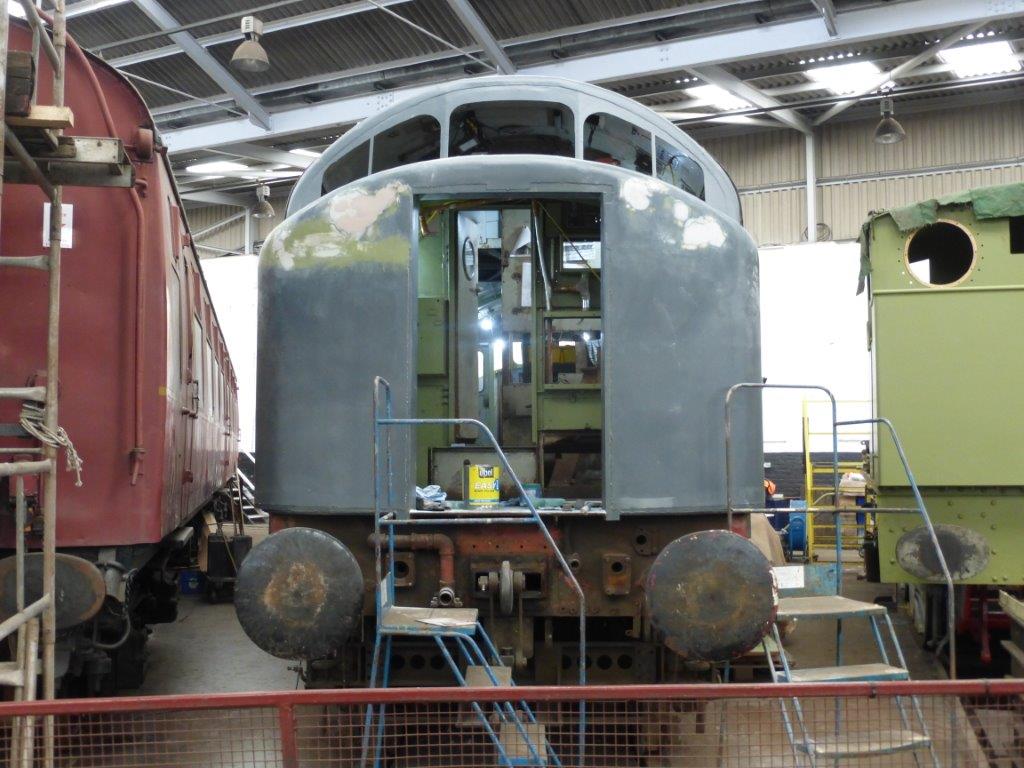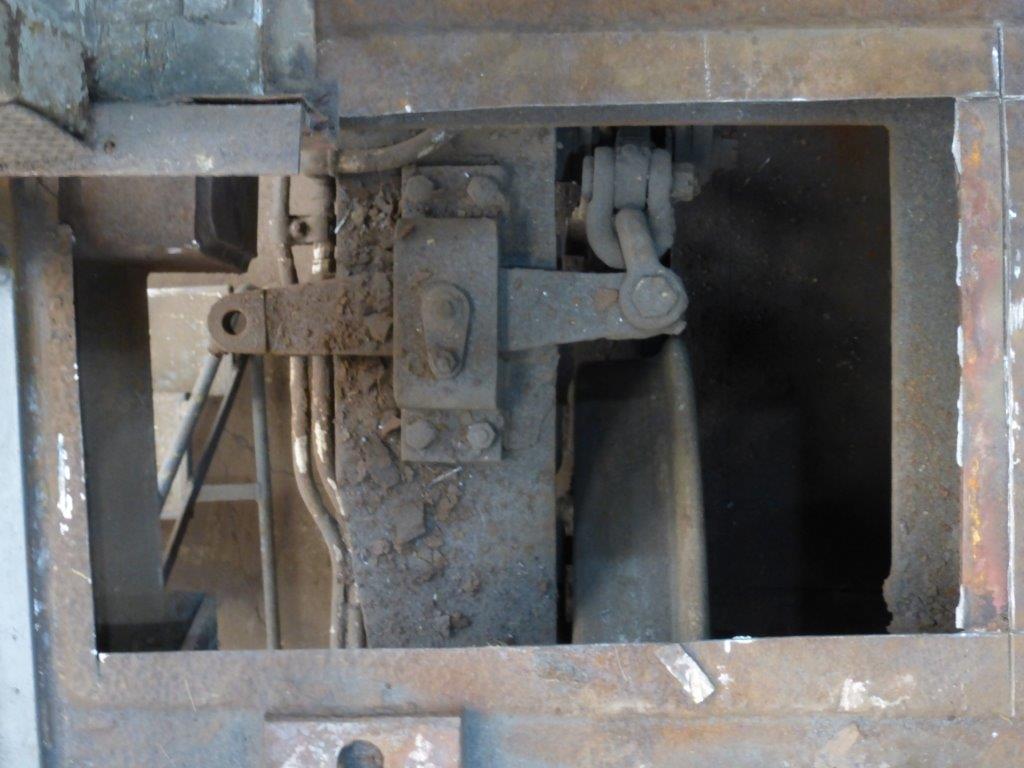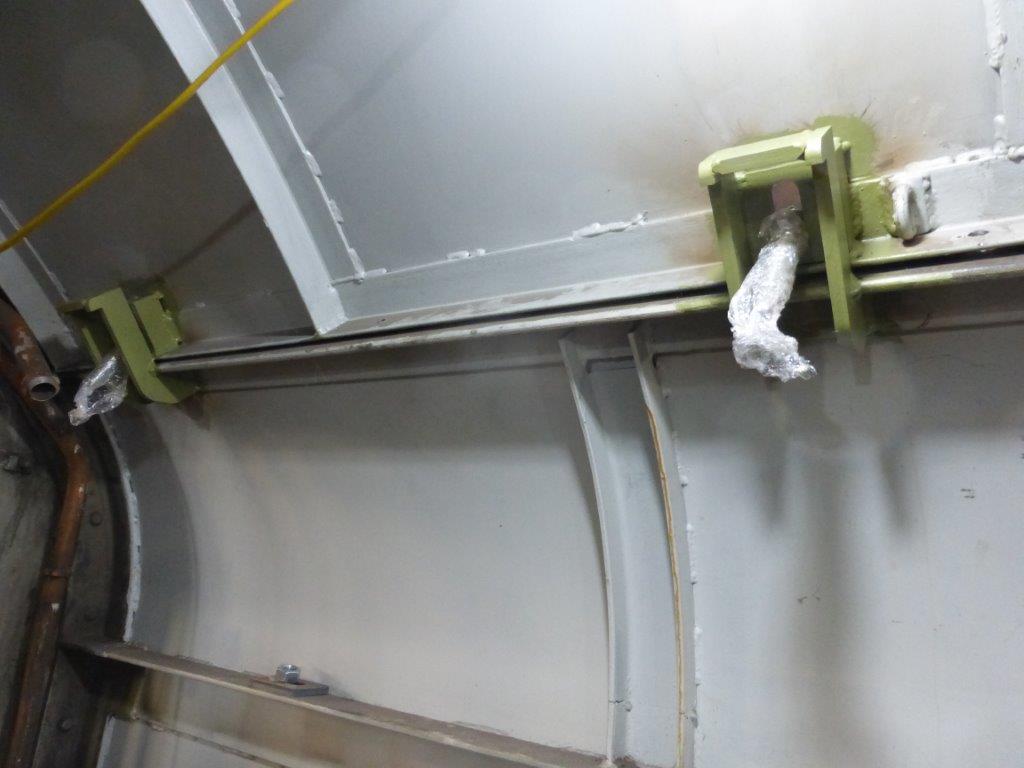I suppose that this image marks the beginning of the last chapter of the bodywork conversion. With filler being applied to the reworked nose ends it is time to think for a moment about the enormity of the work done to date.
If you were to take a piece of chalk and make a mark on all of the areas of bodywork which remain from the donor loco you wouldn't use much chalk.....
The cab roofs, most of the cab corner pillars and the extremes of the nose tops just about sums it up. Thousands of man-hours and thousands of pounds have been spent in replacing just about every single square metre of the body and not one piece of it was done because of vanity - all of it was entirely necessary, either because of corrosion or to alter the appearance of the completed loco.
Even though the bulk of the bodywork is now complete there is still vast amounts to do - none of the apertures (apart from the radiator area) have been cut out and the cab sides (fabricated, rolled and on site) are still to weld in. Also, as the photo lower down shows, there is still work on the floors to complete.
However, with a new month about to start and a gradual return to normal volunteer hours on the loco there is a glimmer at the end of the tunnel.
As someone famous once said; "Now this is not the end. It is not even the beginning of the end. But it is, perhaps, the end of the beginning".
This photo (below) is taken looking down through the cab floor onto the bogie. The lever is part of the brake linkage, the unconnected end attaches to the cylinder and to the (new) handbrake arrangement. The floor has been removed through need (corrosion) rather than to make access to anything easier. The (new) handbrake operating lever will pass through the floor in an area out of view on this shot and will attach by chain to the brake cylinder.
These brackets are a new arrangement for securing the loco roofs in place. We elected not to use the conventional arrangement of a bolt through the two angles to provide clamping force. The design seen below (almost) replicates the sort used on the original Baby Deltics but more usefully to us they provide a perfect means of aligning and holding the roof in place.



